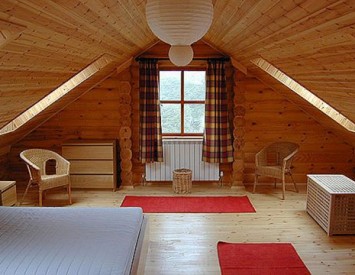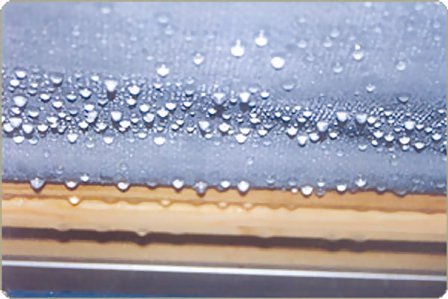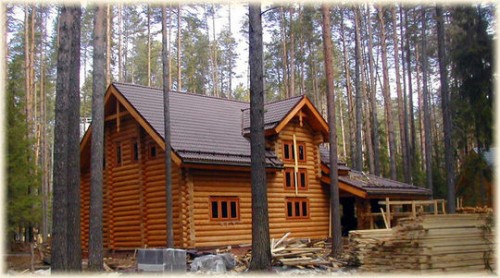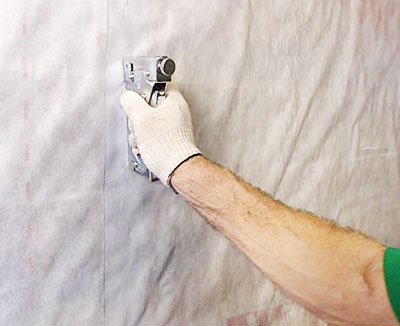A very important stage in the construction and repair of the house, as a vapor barrier, is sometimes not taken into account. This is sometimes done in order to save money, sometimes from a lack of information. In fact, the vapor barrier of the walls of the house is no less important detail than insulation and waterproofing. You can do it with your own hands, having studied the instructions in detail.
Content
The difference in vapor barrier and waterproofing
These two concepts are very often confused, because the difference between and thus is significant, but the functionality is still similar: both steam and waterproofing confront moisture penetration. But the main function of vapor barrier is to prevent condensate, while skipping air. 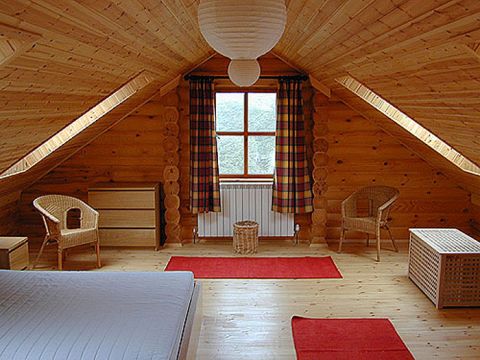
Often under the aim of moisture is a heater. The waterproofing materials that protect it are only not allowed to enter the water layer, but the steam passes through them. The humidity in the apartment is also quite high due to bathing, washing dishes, washing. This moisture also needs to go somewhere. Of course, open windows help well, but not everyone can physically keep the windows open. Therefore, it is important to ensure the proper ventilation of the walls, while not the danger of their “insides”: thermal insulation and other materials.
The main task of vapor barrier materials is to protect against water in a gaseous state, that is, in a state of steam. Thus, vapor barrier is the extension of the life of building materials that it protects.
Materials for vapor barrier
There are several main types of vapor barrier materials:
- polyethylene film 0.1 mm thick. This cheap vapor barrier method has its own significant drawback - it does not miss not only steam. The room does not have air movement, the walls "do not breathe." Some “experts” offer perforator with improvised means, but in such cases it completely loses its vapor barrier properties and the insulation is left again without protection;
- special vapor barriers. Mastics is also applied before finishing. Their functionality also consists in passing the air and a delay in steam, protecting the insulation;
- the membrane film is a new generation in vapor barrier. It passes the air in sufficient volume, while it does not pass steam, so that the insulation in the wall pies is completely protected.
Vapor barrier of the walls of a wooden house
A house built of wood also requires to pay close attention to the installation of vapor barrier. The only case in which there is no need to make vapor barrier when the house is built of a gallant, glued beam, which is already dried properly in production, has clear joints and grooves, which creates absolute tightness, becoming a natural barrier of a couple.
The tree that comes to build houses dries for a very long time. The period of complete drying is 5 years, especially in the first year after construction with a tree, the main deformations occur:
- cracks are formed in the walls;
- the walls are gradually sitting down;
- logs gradually change their shape;
- the sizes of logs are also changing.
This process is natural, but leads to defects. You can protect the walls from moisture penetration by laying vapor barrier. Two options are possible here:
- external insulation. Old wooden houses prefer to finish from the outside to give the house an updated, well -groomed and modern look;
- internal insulation. During the construction of a new wooden house, it is important to maintain the beauty of its facade, because all work is carried out inside the house.
Vapor barrier of the walls of a wooden house outside
The technology of insulation of a wooden house outside involves the design of a wall pie in the following sequence:
- a layer of vapor barrier material is creeping on the log. Regardless of what material it will be, it must be placed, the edges should find at least 2 cm on each other. All joints should be well sealed with a self -adhesive ribbon, and foil must be sealed with metallized adhesive tape;
- the next layer will be a frame, usually it is made of a bar on which the insulation will be attached;
- insulation is protected by waterproofing;
- the last layer is the finishing of the house.
Depending on the type of log, vapor barrier is attached in different ways:
- on a round log, vapor barrier must be attached directly on a tree, a ventilation gap is not needed. This is done using a conventional construction stapler;
- square and rectangular logs require the provision of ventilation clearance. To do this, the woods are filled on a tree about 2.5 cm wide, the step between them is approximately 1 m. A layer of vapor barrier is attached to these rails.
Vapor barrier of the walls of a wooden house from the inside
With internal insulation of a wooden house, the technology of the building will look as follows: 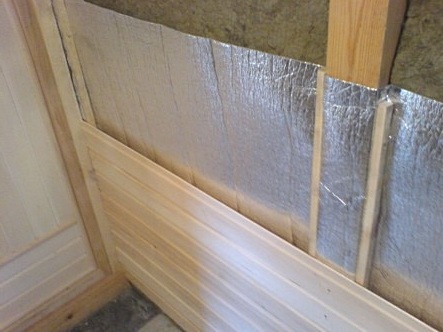
- a crate with a width of up to 5 cm, which will provide a ventilation gap;
- a layer of waterproofing film, which is attached on this crate. The gap between the film and the wall will provide good ventilation;
- then metal profiles are attached;
- a layer of insulation;
- a vapor barrier, an overlap and well -sealed at the joints;
- the finish, for example, drywall.
Steamproofing is necessary for a wooden house because the tree has excellent permeability of air and steam, respectively, there is a great risk of harming the insulation. To extend the service life of the insulation and walls, it is necessary to turn on the vapor barrier layer in the wall structure.
Vapor barrier of the walls of the frame house
The walls of the frame house for at least three quarters consist of insulation. That is why high -quality vapor barrier of the walls of the frame house is very important. Saving on vapor barrier, you can lose not only the functionality of the insulation, but also provide the walls with destruction.
The standard wall of the frame house should look as follows: 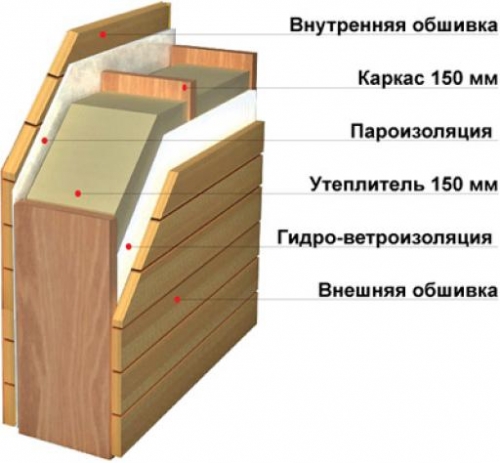
- external sheathing of the house;
- a layer of hydro- and windproofing;
- insulation that is laid between frame racks. Its width is usually about 150 mm;
- frame;
- vapor barrier membrane;
- interior decoration (OSB-plate, drywall).
The vapor barrier is attached to the risers of the frame and a strapping using a construction stapler. The sealing of the joints is provided using adhesive tape. Fixing the vapor barrier film, it is important to remember several rules:
- the membrane should be installed only on the inside of the insulation layer. This will provide free “breathing” of walls, ventilation of the house and the desired microclimate;
- you can not fix the vapor barrier on both sides. The outer layer should protect against water, but not from a couple. The vapor barrier and the inner side of the waterproofing film pass the air and provide ventilation for the insulation, ensuring its drying and ventilation;
- if an ecowute or polystyrene is used as a heater, it is believed that vapor barrier is not needed, since these heater are good resistance to moisture and condensate. This is true, but, having excluded the vapor barrier layer, the inner layer of the sheathing is already at risk. It is there that the steam stops and a layer of condensate falls on it, contributing to the destruction of the house.
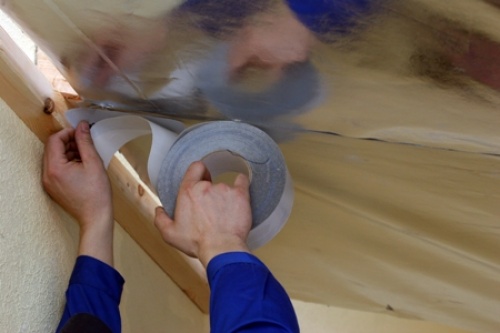
To make a vapor barrier of the walls of the house with your own hands is a rather simple task, the main thing is to comply with the basic requirements for installation technology. In any case, if you yourself decide to sheathe the walls, then it is better to consult with professionals and take into account all the tips.
